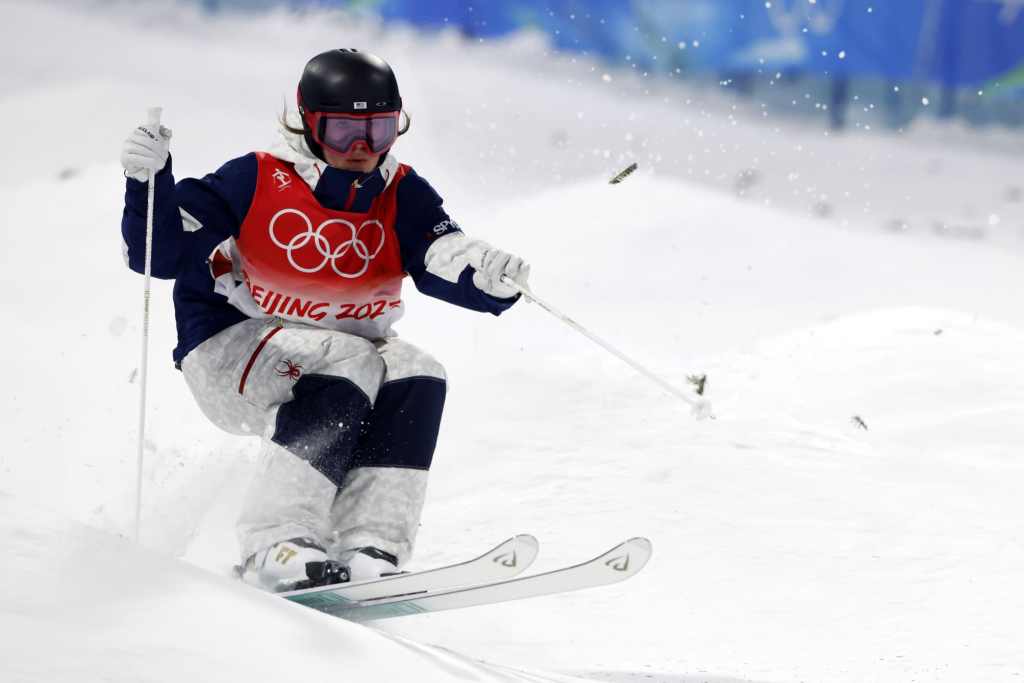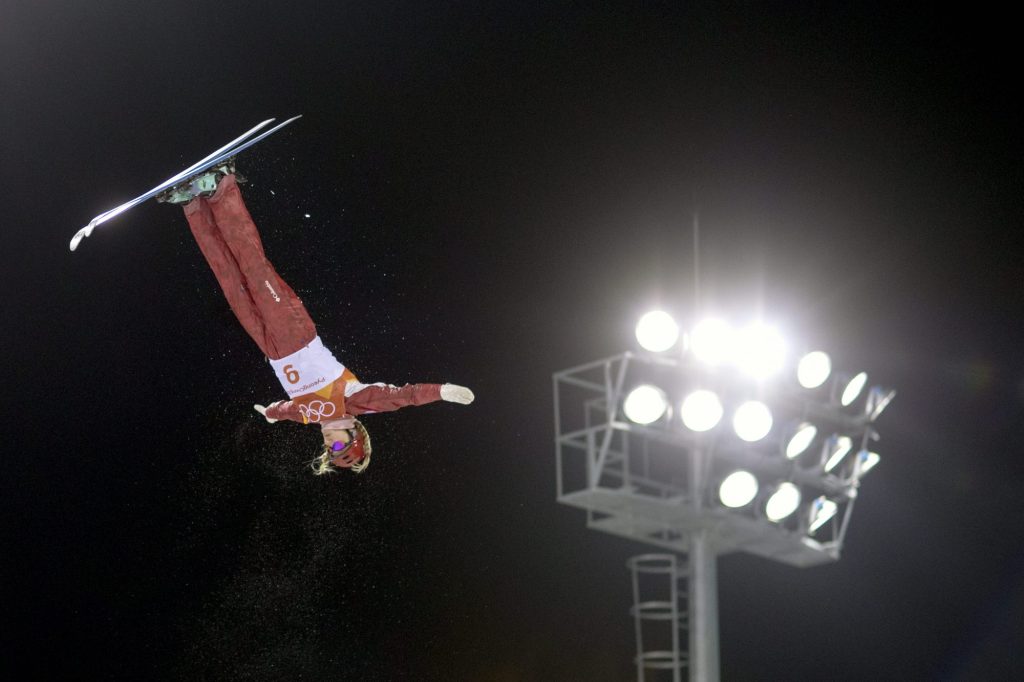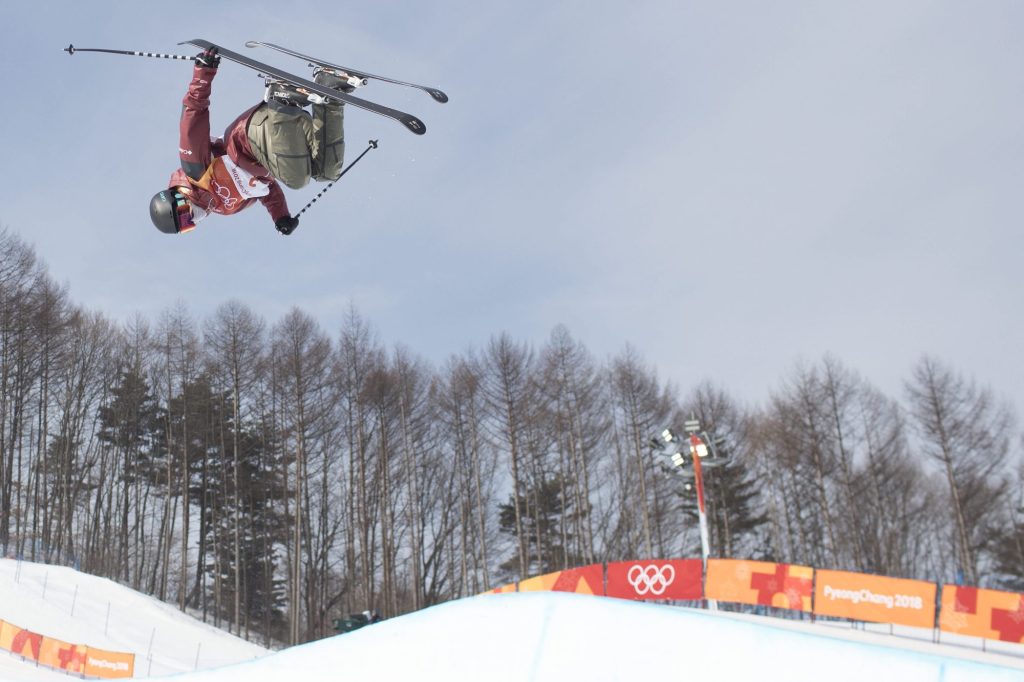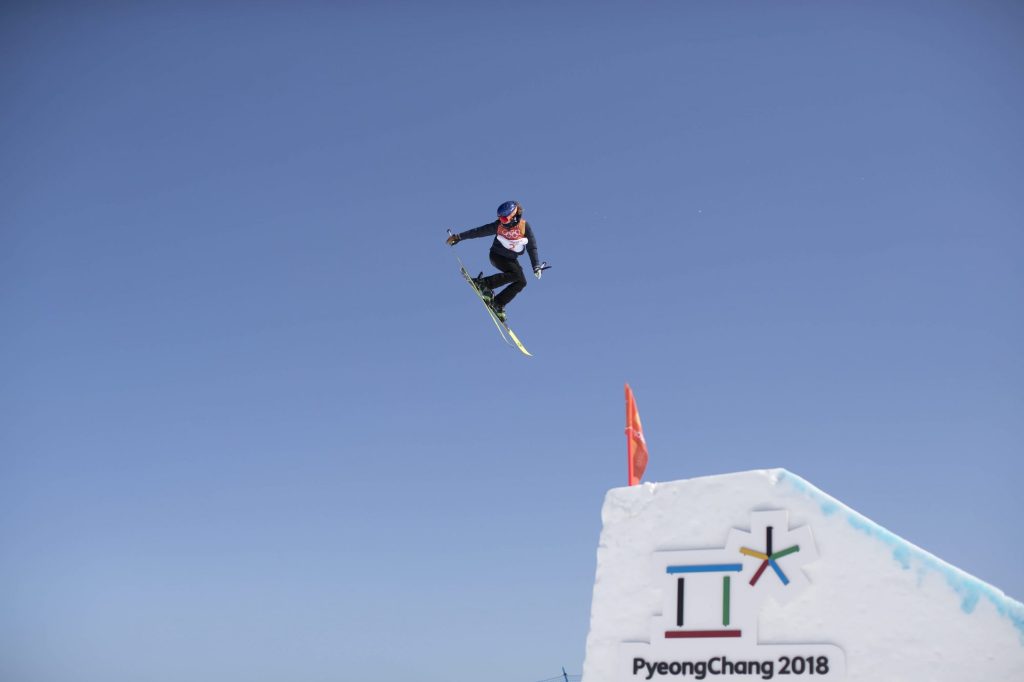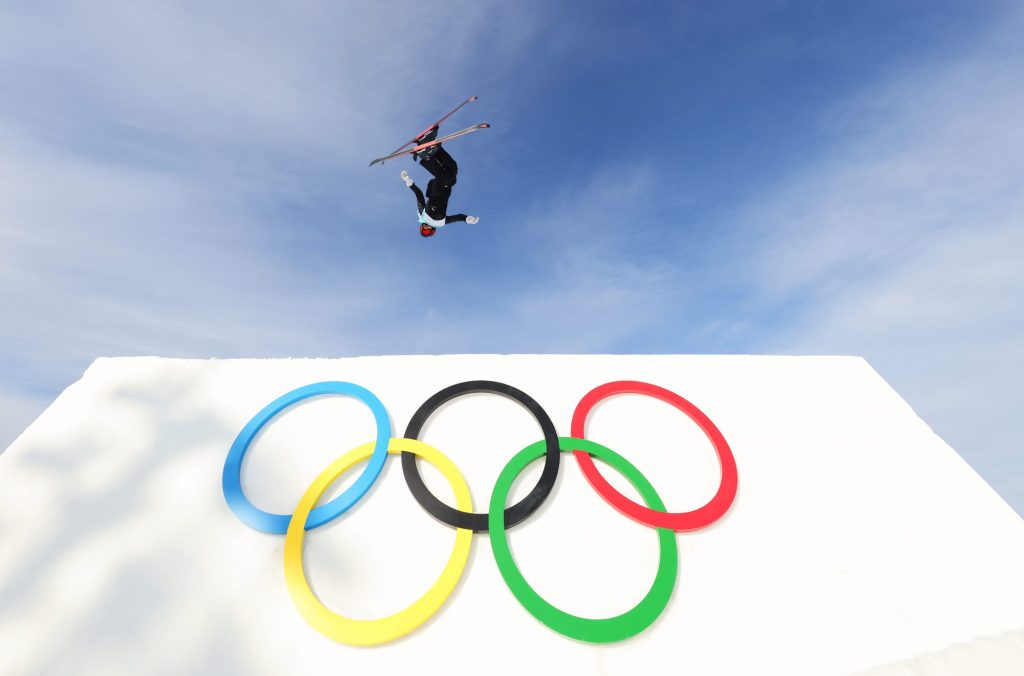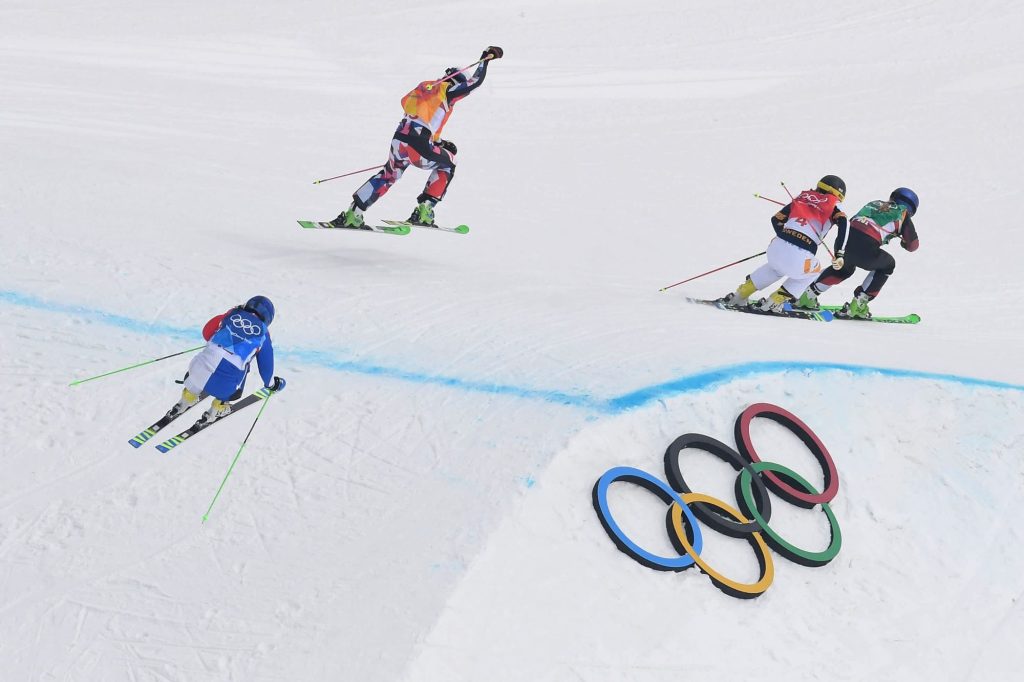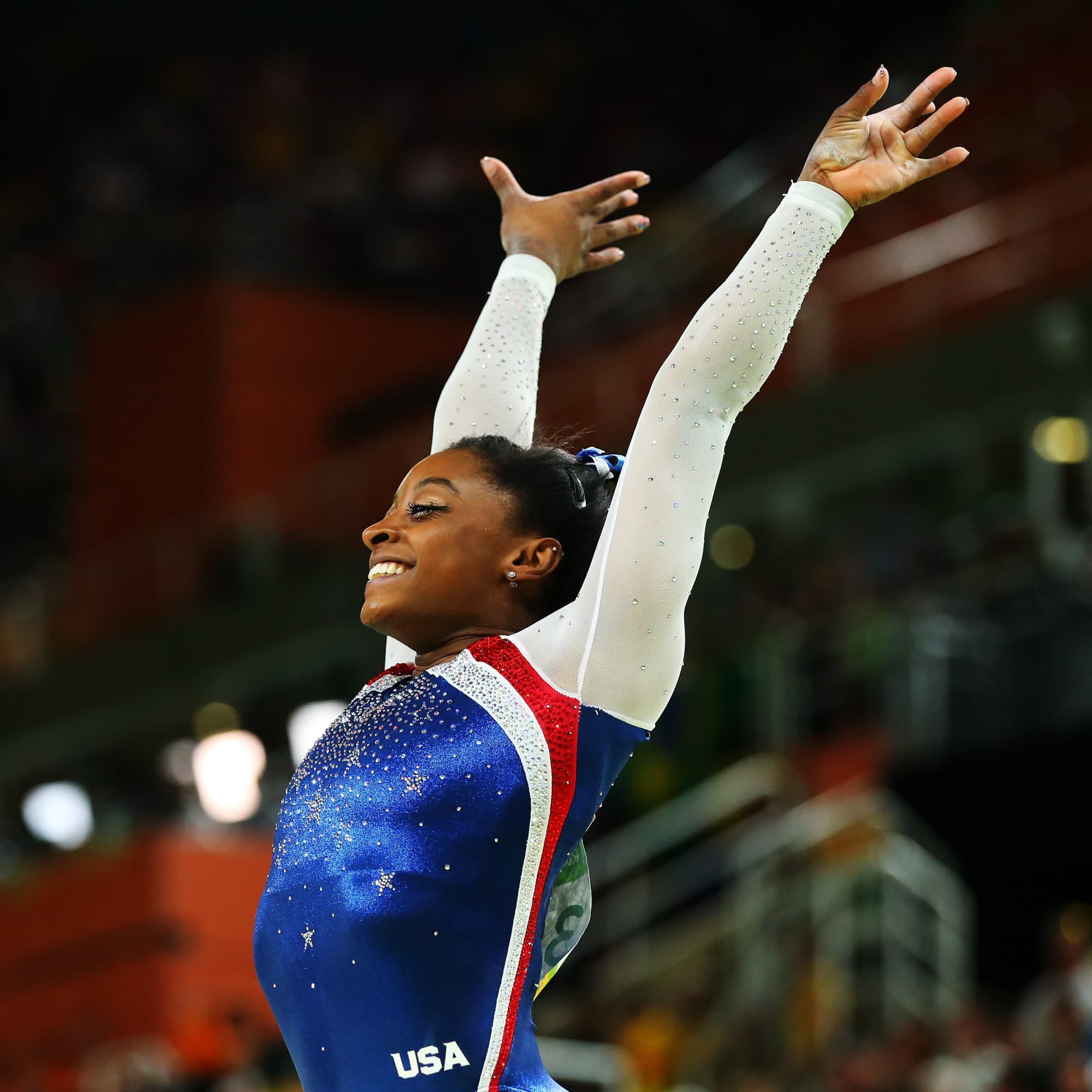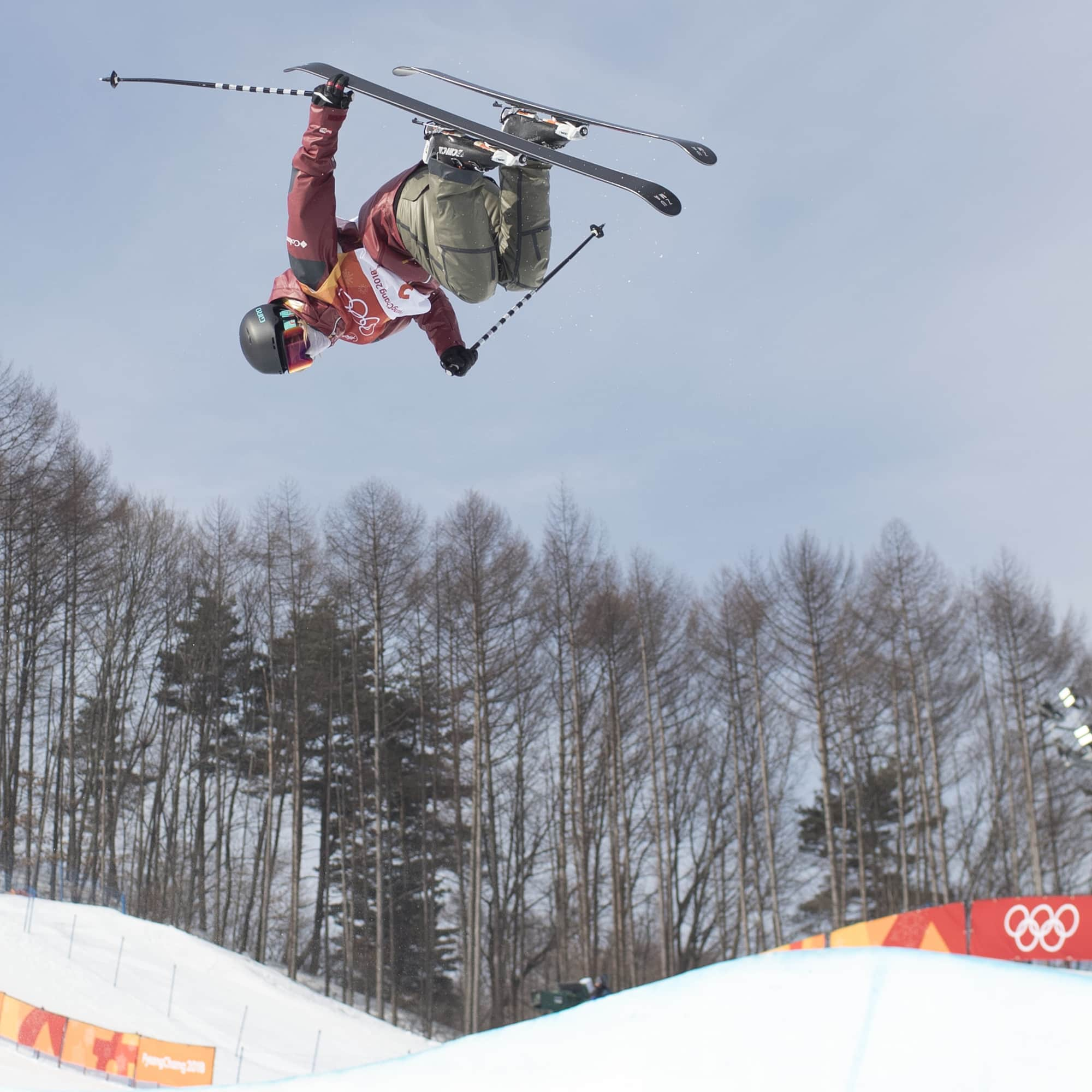
- POPSUGAR Australia
- Fitness
- Aerials, Slopestyle, Big Air: How All the Olympic Freestyle Skiing Events Are Scored
Aerials, Slopestyle, Big Air: How All the Olympic Freestyle Skiing Events Are Scored

The 2022 Winter Olympics in Beijing are playing host to 11 freestyle skiing events across six disciplines: moguls, aerials, halfpipe, slopestyle, big air, and ski cross. Three of these events – a mixed team event in aerials and big air for both men and women – are making their Olympic debut, which means the Beijing Games are bringing more freestyle skiing to the world than any previous Olympics. All of these ski events have one major thing in common: they’re as challenging to compete in as they are fun to watch.
With so many different variations of freestyle skiing, it can be difficult to keep track of all the different ways they’re scored. Some disciplines are judged, some are timed, and some have a little of everything. Here’s what you need to know in order to track your favourite skiers throughout these Olympics.
How Are Moguls Scored?
The moguls event isn’t all about the speed, although it may seem that way at first glance. Moguls is a judged sport in which skiers are evaluated on three different criteria, according to the International Ski Federation judging handbook:
- Turns: 60 percent of the score (a maximum of 60 points) is based on how well skiers execute the rapid turns that are the event’s signature. Five judges evaluate the turns. The highest and lowest scores (and the highest and lowest deductions) are thrown out, and the remaining scores are added together.
- Jumps: 20 percent of the score (a maximum of 20 points) reflects the quality of the jumps athletes execute between the bumpy sections of the course. Two judges, each with a maximum of 10 points to assign per jump, evaluate the runs. Jumps are judged based on their form (takeoff, air positions, fluidity of movement, and landing), with a “degree of difficulty” multiplier based on the specific maneuvers performed. The judges’ scores are then averaged for a total air score, as it’s known within the sport.
- Speed: 20 percent of the score (a maximum of 20 points) comes from pure speed. The speed is calculated and assigned a point value based on a “pace” time that’s specific to the course.
How Are Ski Aerials Scored?
Aerials also involves three separate components, all judged by a panel of five judges, according to NBC Olympics. For each of the three components, the highest and lowest scores are discarded, and the remaining three are added together and multiplied by the degree of difficulty factor to reach a final score for the jump.
- Form: 50 percent of the score (up to 5 points) is based on form, or what the athlete does while in the air. Maneuvers, balance, control, body position – all of these are considered when judging this segment. Form is judged by breaking down a skier’s performance into individual maneuvers, then taking off deductions as necessary.
- Air: 20 percent of the score (up to 2 points) is for air – or the height, distance, and takeoff of the jump itself. Half of the score is based on the quality, power, and control of the takeoff, while the other half is for the height and distance travelled.
- Landing: 30 percent of the score (up to 3 points) is based on the landing. Judges award points for the landing according to a scale, which takes into account things like the skier’s weight distribution and balance.
The Beijing Olympics will also feature a mixed team aerials event, in which each member of a mixed-gender team of three athletes will ski and have their points added up for a final team score.
How Is Ski Halfpipe Scored?
Freestyle skiing’s halfpipe competition is very similar to the snowboarding discipline, although it’s somewhat newer – it was only introduced at the 2014 Olympics. Unlike some of the other freestyle skiing events, halfpipe doesn’t break down scores by specific percentages. Instead, a panel of five judges award scores from 1 to 100 based on overall “impression,” keeping the factors below in mind. These scores are then averaged to get a run score. However, there aren’t hard and fast rules for how each run in halfpipe should be scored, which means skiers are typically judged relative to how other athletes perform that day.
- Amplitude: This is a measure of the sheer size and height of the tricks performed, and while going big is typically a good thing, athletes can actually be penalised for overdoing it.
- Difficulty: Skiers can up the difficulty of their tricks by spinning in different directions, planning unique entrances, grabbing their skis in mid-air, etc.
- Variety: It’s exactly how it sounds – the more variety in the tricks a skier performs, the higher the score.
- Execution: When assessing the overall quality of an skier’s tricks, judges will consider how long a skill is held, how their body is positioned upon landing, whether the athlete’s hand touches the ground, and so on.
- Progression: This term is used in both snowboarding and freestyle skiing to talk about how innovative an athlete is in introducing new, creative tricks.
How Is Ski Slopestyle Scored?
Slopestyle skiing is scored very similarly to halfpipe, with a panel of either five or six judges awarding overall “impression” scores from 1 to 100. When there are only five judges, all the scores are then averaged; in the case of six judges, the highest and lowest scores are dropped, and the remaining scores are averaged to get a total run score. The main difference between halfpipe and slopestyle is the course itself. Slopestyle is competed not on a big, U-shaped halfpipe, but on a course with obstacle features like rails, jumps, and other elements, which athletes can use creatively to improve their scores.
How Is Ski Big Air Scored?
The big air skiing event is making its Olympic debut in Beijing. Like other freestyle skiing disciplines, it’s a judged event, but the stakes somehow feel even higher. In big air, athletes have just one opportunity on each run to put down a trick. Skiers gain speed and power heading down a massive slope, then launch off a ramp to get one large jump, during which they perform a trick, then land. Like halfpipe and slopestyle, these jumps are scored from one to 100, relative to other performances that day. However, the criteria judges take into consideration is slightly different: it includes difficulty, execution, amplitude, and, similar to aerials, the landing.
How Is Ski Cross Scored?
Ski cross is one of the easiest competitions to follow – and one of the most chaotic. The competition starts with a timed qualification round, in which each skier goes down the course as fast as possible to determine their seeding for the next rounds.
In knockout rounds, seeded competitors race down the course in groups of four. Skiers are disqualified for intentional contact or obstructions. The top two in each group advance to the next round. When only eight remain, a “big final” determines the medalists, and a “small final” determines placement for fifth through eighth place.


